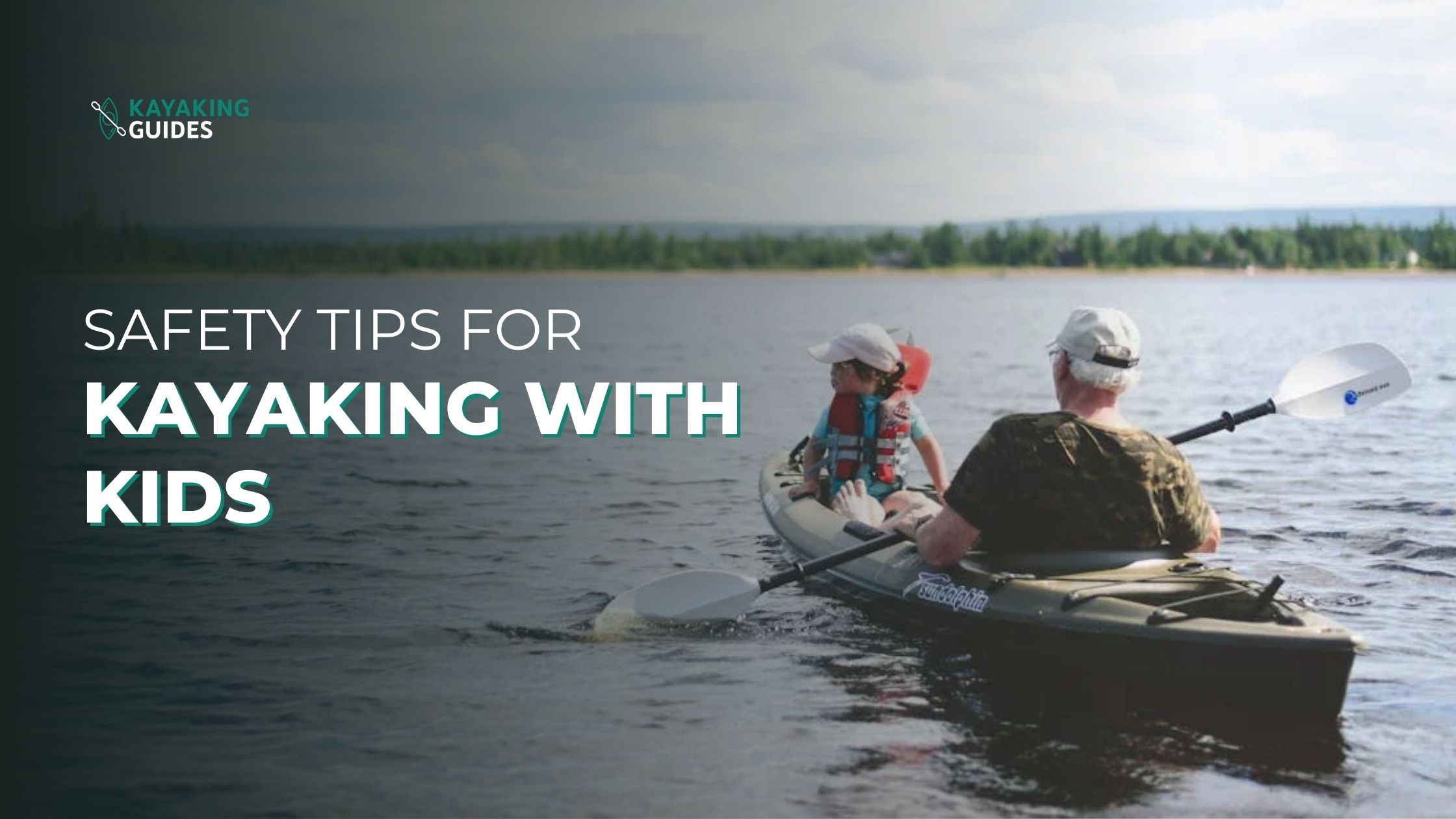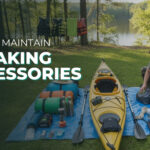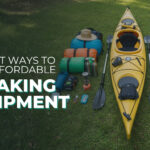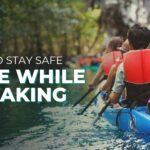Kayaking is a wonderful way to bond as a family, explore the great outdoors, and create memories that last a lifetime. There’s something magical about paddling through calm waters, surrounded by nature, with your little ones by your side. But like any adventure, kayaking with kids requires careful preparation to ensure safety and fun go hand in hand.
If you’re ready to introduce your children to the joys of kayaking, this guide offers essential safety tips and advice to help make your family outing both safe and enjoyable.
Why Safety Matters When Kayaking with Kids
Water sports like kayaking can be thrilling for kids, but they also come with risks that shouldn’t be overlooked. Children may lack the swimming skills or strength needed to handle potentially challenging scenarios, and their natural curiosity can sometimes lead to unpredictability on the water.
By prioritizing safety, you can provide a secure environment where your kids can learn, explore, and fall in love with this incredible activity. The tips outlined below are designed to help you do just that.
Essential Safety Tips for Kayaking with Kids
Equip Everyone with Proper Gear
The right equipment isn’t optional—it’s essential when kayaking with kids. Make sure your family is outfitted with these life-saving essentials:
- Life Jackets (PFDs): Ensure every member wears a Coast Guard-approved personal flotation device (PFD) that fits snugly and is the right size for their age and weight. Test it beforehand for comfort and safety.
- Helmets: If you’re kayaking in rougher waters, helmets are a must to protect against head injuries.
- Appropriate Clothing: Dress in moisture-wicking, quick-dry materials, and layer appropriately depending on the season. If the water is cold, consider wetsuits to prevent hypothermia.
Teach Proper Paddling Techniques
Paddling safely is an essential skill for both kids and adults. Before heading out, spend some time on land teaching your kids how to handle a paddle. Basic techniques, such as how to paddle forward, backward, and turn, can be practiced with ease. Use lightweight paddles for children to ensure they can grip and maneuver them comfortably.
Choose Calm Waters
When kayaking with kids, especially beginners, stick to calm, shallow waters like lakes or gentle rivers. Places with little to no current provide a safer environment for learning and reduce the chances of capsizing. Avoid open water or areas with heavy boat traffic.
Pack Emergency Essentials
Be prepared for unexpected situations by bringing along:
- First Aid Kit: Pack essentials like adhesive bandages, antiseptic wipes, and insect repellent.
- Whistles: Attach whistles to life jackets for easy communication in case of emergencies.
- Dry Bags: Keep your phone, snacks, and extra clothes in waterproof dry bags to keep them secure and accessible.
Stay Close at All Times
Young children shouldn’t have their own kayaks unless they’re older and experienced. Instead, consider using tandem kayaks so that you can paddle alongside them. Always stay within arm’s reach to assist if needed, and never allow kids to go too far from the group.
Practice Capsize Drills
While it may seem daunting, teaching kids what to do in the rare event of a capsize can be lifesaving. Practice in a safe setting, showing them how to stay calm, hold onto their paddle, and get back into the kayak.
How to Choose the Right Kayak for Your Family
Having the right kayak can make all the difference in creating a smooth and safe experience. Here are key factors to consider when shopping for a family-friendly kayak:
- Type of Kayak: Tandem kayaks are ideal for families, allowing an adult and child to paddle together. Sit-on-top kayaks are a great choice because they’re stable, easy to climb back onto, and less likely to trap water.
- Size and Weight Capacity: Make sure the kayak can support the weight of all passengers and gear without compromising stability.
- Extra Features: Look for models with child seating, spacious storage compartments, and durable materials.
Steps for a Safe and Enjoyable Kayaking Experience
Check the Weather and Water Conditions
Before heading out, review the weather forecast for your location. Avoid kayaking in high winds, thunderstorms, or rough waters. Even mild currents and waves can make paddling more challenging for kids.
Establish Ground Rules
Set clear boundaries and rules, such as staying seated, keeping arms inside the kayak, and not leaning too much to one side. Explain the dangers of horseplay and why following these rules will keep everyone safe.
Carry Plenty of Snacks and Water
Kids can burn a lot of energy kayaking! Keep them hydrated and happy by packing snacks and water. Opt for non-perishable items that are easy to eat while taking breaks onshore or in the kayak.
Take Breaks Frequently
Remember, kayaking can be tiring for little ones. Plan short paddling sessions with plenty of breaks to rest, snack, and stretch their legs. Taking time to explore the shorelines or have a relaxing swim can make the experience more enjoyable for everyone.
Additional Resources to Explore
If you’re ready to take your family kayaking adventure to the next level, here are some helpful resources for continued learning:
- American Canoe Association (ACA): Offers excellent safety tips and educational resources for kayakers of all levels.
- Local Kayaking Clubs: Many communities have kayaking clubs that host lessons, family outings, and group events.
- Books for Kids: Check out engaging books about water safety and kayaking for younger children to help build excitement and awareness.
Conclusion
Safety doesn’t have to mean sacrificing fun. By following the precautions and tips in this guide, you’re setting your family up for an adventure full of laughter, exploration, and unforgettable memories.
Introduce your kids to the joys of kayaking with confidence, knowing you’ve covered every step to keep them safe along the way. Adventure awaits, what are you waiting for?










